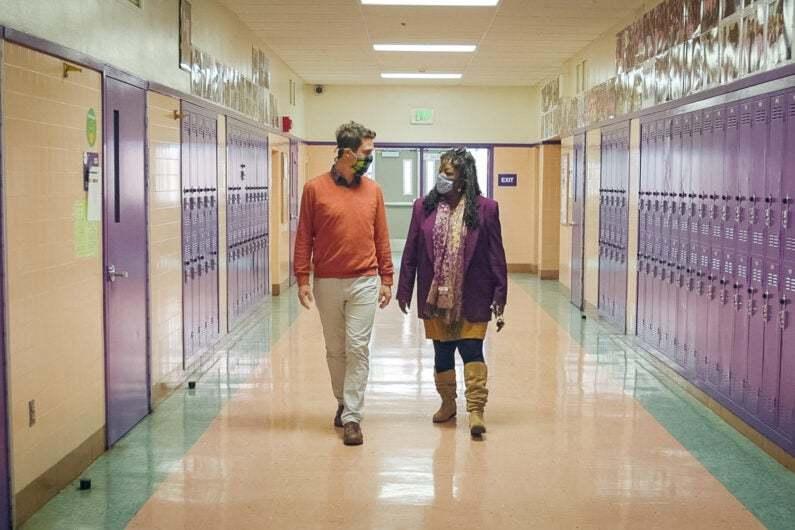Supporting Students After Juvenile Detention (Stanford Social Innovation Review)

Daniela Blei reports in Stanford Social Innovation Review on a new partnership between Oakland school administrators and Stanford scholars to help students return to school after juvenile detention. The Lifting the Bar project—which received $500,000 in start-up funding from Stanford Impact Labs in 2021—has designed and tested a new intervention. Initial results are promising and other Bay Area school are taking notice.
From the article:
The researchers set out to address how the students—who were predominantly Black—and their teachers saw each other and to build positive relationships between them. A new paper, the culmination of a 15-month pilot project with the Oakland Unified School District and the Alameda County Juvenile Justice Center, shows how their intervention—a structured, relationship-building exercise involving letter writing—cut recidivism.
The researchers had participating youth write a one-page letter, or self-introduction, expressing their aspirations for school and calling on a teacher of their choice to help them succeed. Acting as a third party, the researchers delivered the letters. Following data collection and analysis, they found that the letters improved educators’ responses to students, bolstered their commitment to them, and “even increased feelings of love, hope, respect, and trust for the student.” The letters reoriented the teacher-student relationship, contributing to positive partnerships that resulted in more successful transitions to school.
“Our goal was to create an experience for kids who are coming back into school from juvenile detention—an experience in which they could think about themselves in an asset-based way and introduce that positive self to a teacher of their choosing, while being real about the challenges they face,” Walton says. “In that introduction, the student can show the teacher they’re trying and they care. And they can ask the teacher to become the support they want and need that person to be.”
Source location:
Supporting Students After Juvenile Detention
Learn more:
